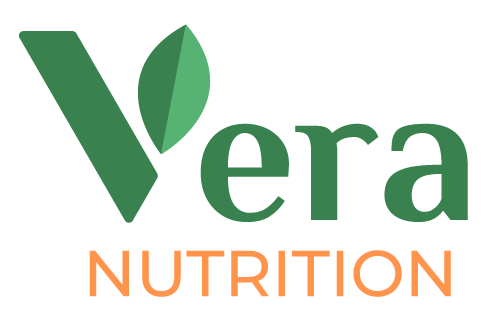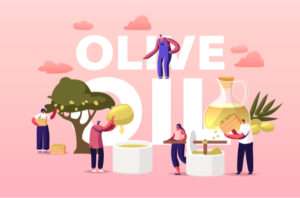To put it simply: nope, you need fat! Yes, you heard right, you need it. So brace yourself, we are going on a fat journey.
What the heck is fat in the first place?
Fats, or scientifically speaking, lipids are one of three macronutrients along with protein and carbs that we consume with food and that are converted into energy in our bodies. Fat is the densest macronutrient providing 9 kCal per gram which is twice more than carbs or protein. Fats can be different: there are animal sources (found for example in eggs and meat) and plant sources of fat (major macronutrient of nuts for example). At the same time, there are products that are 100 % fat like oils and others that contain it in much less amount like milk. On the molecular level, fats are mostly composed of triglycerids: 3 fatty acids (saturated or unsaturated) attached to a molecule of glycerol. Cholesterol is a big one too and it can be found only in animal foods.

Why do I need it again?
Right, we eat fat-containing foods to get energy. But that’s not all. Here are another 5 reasons fats are an essential part of a healthy diet:
- All cell membranes are mostly made of fat and you want to have strong walls in your house.
- Hormones! Sex (estrogen, progesterone, testosterone) and several other hormons are made of fat, in particular cholesterol. Low fat diets can lead to hormonal disbalances and even amenorrhea (no periods) in women.
- Fat soluble vitamins (A, D, E, K) are transported and absorbed thanks to the fat. These vitamins play very important roles in the body (link). That’s why they are recommended to take during the meal to be properly transported to the small intestine and then absorbed with other fats.
- Fat insulates body organs keeping the regular body temperature and protecting the organs against shock.
- Believe it or not but to breath fully you also need fat. Lipid rich surfactant that covers alveoli in lungs allows them to stretch and expand properly.
How much is the right amount?
Well, we are talking nutrition here, so there is no one and only answer. But no worries, we’ll figure it out. Let’s look at the numbers. Current French guidelines recommend consuming 35-40% of the total daily energy intake in fat (1). But what do other countries say? Well, American guidelines suggest consuming 20-35% of energy intake in fat (2) while British suggest under 32% (3). It’s also important to say that WHO recommends to reduce the amount of total fat intake to less than 30% of total energy intake to prevent certains deseases and obesity (4).
In any case, less than 20% just like over 40% is unhealthy (and yes, I’ve heard of keto). The truth is always somewhere in the middle and speaking from practice 30-35% is optimal. And please remember these numbers apply to healthy adults.
I’m confused with these percentages
Since each gram of fat provides 9 kCal we are going to transform these 30-35% into something more tangible like..grams.
Anyway, for an adult woman consuming 2100 kCal per day, 30-35% would be (2100*30%/9, Putting this calculation for math lovers like me) 70-82 g of fat. Is it a lot? Let’s see. A menu like this would roughly cover at least 80 g of fat per day:
Breakfast : whole-wheat toast with avocado and poached egg, plain yoghurt
Lunch: Green salad with olive oil, rice, salmon steak and 1-2 chocolate squares
Dinner: Baby carrots with some hummus +tomato based pasta with parmesan and basil. A fruit
Voila! You don’t have to chug oil directly from the bottle frat-party-style to cover your recommendations in fat.
Practically speaking
We need fat. That’s science. We used to believe that it’s evil and there are a few reasons why fat’s reputation suffered. But let’s just say that it just worsened the chronic diseases situation. Here’s how you can have fat and stay healthy:
- Quality over quantity. I gave you guidelines on average daily amount of fat. But in the next weeks I’ll write more about the quality of fats, so stay tuned.
- Don’t be scared of fat foods. You should actually be scared of low-fat diets and products since they remain popular due to the lobbying. Unfortunately they contain loads of added sugar and additifs. And as we know, extra sugar is converted into fat plus it increases inflammation and risks of diabetes, which can also cause obesity.
So no worries, fat isn’t bad. Please, don’t forget to enjoy your fat-rich foods!




